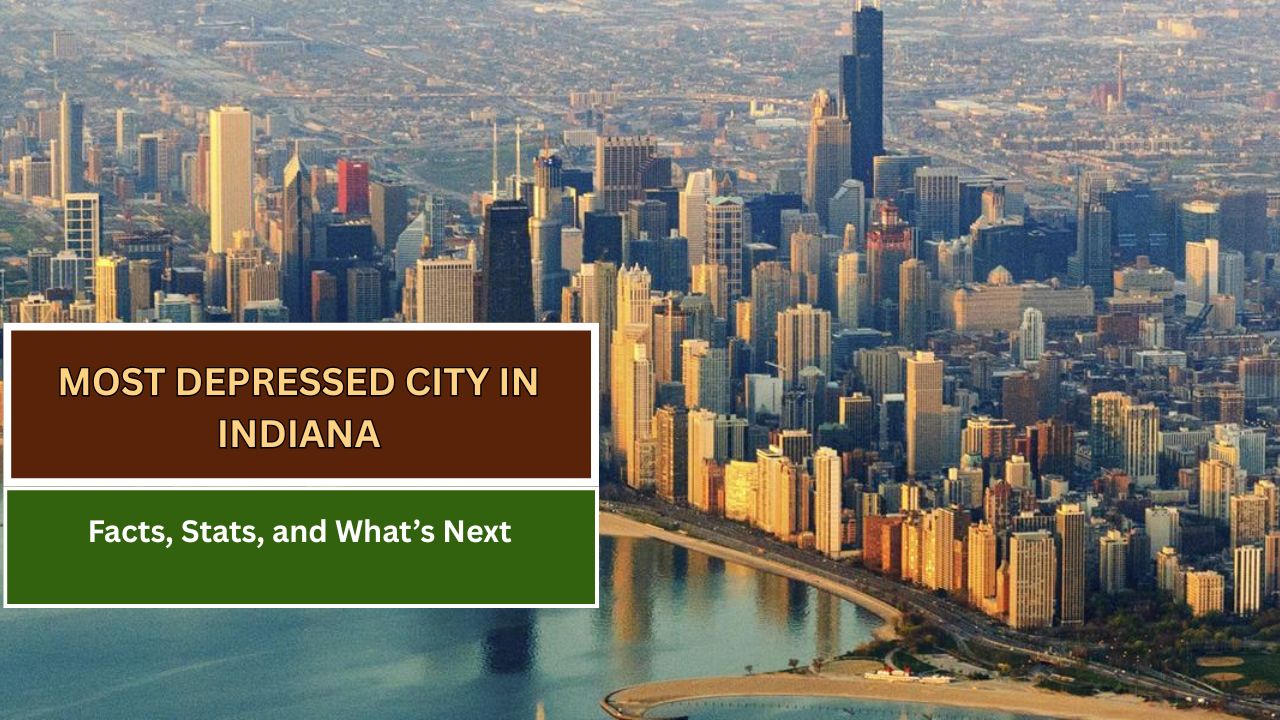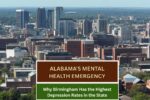GARY, INDIANA – Once a booming steel town and a symbol of American industrial might, Gary, Indiana has been repeatedly named the most depressed city in the state. With declining population, rampant poverty, and economic stagnation, Gary reflects the wider challenges faced by post-industrial cities in the United States.
A City Built by Steel, Undone by Globalization
Founded in 1906 by the U.S. Steel Corporation, Gary was envisioned as a model company town. Located on the southern tip of Lake Michigan, the city attracted thousands of workers, growing rapidly throughout the first half of the 20th century. By 1960, its population peaked at over 175,000.
However, the 1960s marked the beginning of a long, painful decline. Global competition, automation, and the gradual outsourcing of manufacturing jobs led to massive layoffs in the steel industry. As industrial operations shuttered, so did Gary’s economic engine.
“It’s a city that was dependent on one industry, and when that collapsed, so did everything around it,” says The New Yorker.
Depressing Data: What the Numbers Say
According to the U.S. Census Bureau, Gary has experienced a dramatic population loss of more than 60% since its peak. As of the 2020 Census, the population had dwindled to just over 69,000 residents.
More alarming than the population drop are the city’s current economic conditions:
- Poverty Rate: Over 36% of Gary’s population lives below the poverty line.
- Unemployment: Just over half of the working-age population is employed.
- Median Household Income: Around $31,000, significantly below the national average.
- Vacancy Rate: Nearly 25% of homes are abandoned or uninhabitable.
These figures place Gary at the top of Indiana’s “most miserable” cities, a designation backed by recent analyses from publications such as WIBC News.
Public Safety and Infrastructure Woes
High crime rates have long plagued the city, though recent years have seen modest improvements due to increased law enforcement initiatives. Nevertheless, Gary continues to battle with underfunded infrastructure, struggling schools, and limited public services.
Once-proud neighborhoods are now marked by blighted buildings and vacant lots. Efforts to demolish or renovate abandoned properties have been slow due to limited funding and bureaucratic delays.
Revitalization: Hope Against the Odds
Despite the bleak statistics, there are growing efforts aimed at revitalizing Gary and rewriting its narrative. Several initiatives are currently underway:
- Economic Diversification: City officials have targeted logistics, green energy, and tech as growth sectors to replace the steel industry.
- Infrastructure Investments: Federal and state grants are being used to improve roads, utilities, and public transportation systems. Programs like Indiana’s Community Crossings Matching Grant have supported Gary in making essential repairs.
- Community-Led Restoration: Nonprofits and grassroots groups have mobilized to clean up neighborhoods, offer youth programs, and promote homeownership.
In a statement from the City of Gary’s official site, Mayor Jerome Prince emphasized the importance of community collaboration: “We are rebuilding Gary, one block at a time, and we are doing it together with our residents.”
A Cautionary Tale and a City Still Fighting
Gary’s story serves as a cautionary tale for industrial cities across America. Once a symbol of the American Dream, it now exemplifies the consequences of economic overdependence and systemic neglect.
Still, residents remain hopeful. “We’ve seen the worst,” says lifelong resident and local activist Michelle Thompson. “Now it’s time we rebuild something better. Not the old Gary, but something new that works for everyone.”
For many, Gary represents more than a statistic. It is a reminder that resilience, community, and a vision for the future can still breathe life into even the most troubled cities.
This article has been carefully fact-checked by our editorial team to ensure accuracy and eliminate any misleading information. We are committed to maintaining the highest standards of integrity in our content.

Outside of work, he enjoys playing chess, following cricket, and writing short stories. His commitment to integrity and in-depth analysis strengthens OTE News’ mission of providing trustworthy journalism.




